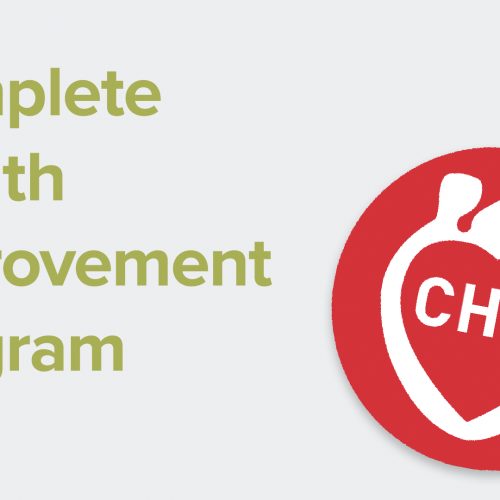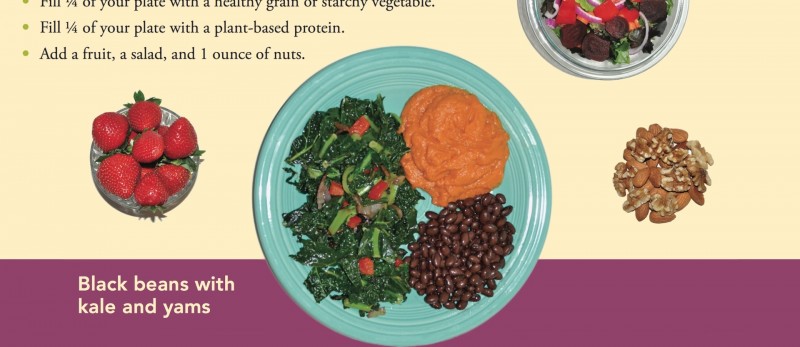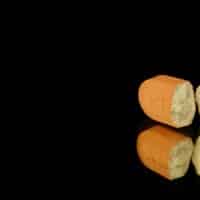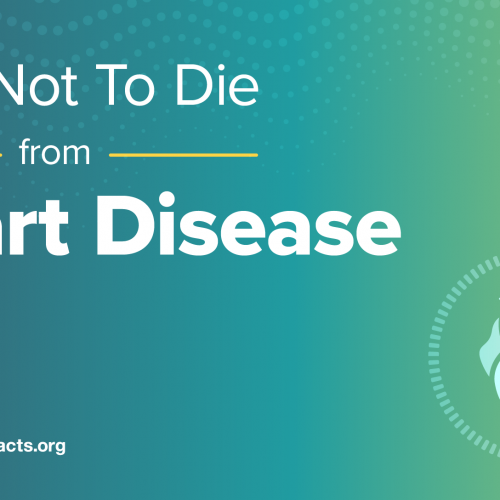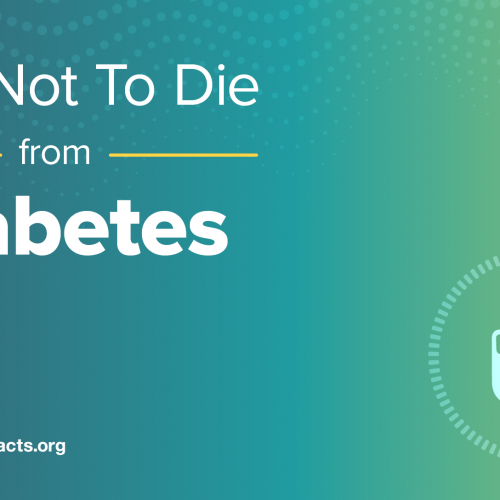The CHIP program (now called Pivio) has attempted to take the pioneering lifestyle medicine work of Pritikin and Ornish and spread it out into the community.
England has been keeping mortality statistics since 1665 when one person was “killed by a fall down stairs at St. Thomas Apostle.” That same week, though, nearly 4,000 people died of the plague.
Today, the modern plague is heart disease, the number one killer of men and women, but it wasn’t always this way. If you dig into those old statistics, heart disease was already killing off 5 to 10 percent of the population by the middle of the last century, but it “was practically unknown at the beginning of the [20th] century.” Consider the natural history of coronary heart disease in the 1920s and 1930s. As you can see at 0:45 in my video What Is the Optimal Diet?, it skyrocketed tenfold in both men and in women. What was going on? We get a clue in a study that divided people by socioeconomic class. (You can tell the paper was written about 1950 because the subjects are identified as “Males” and “Wives.”) The richest folks had up to triple the heart disease of the poorest. Did it have something to do with their rich diets? You don’t know, until you put it to the test. In doing so, we discover “the natural cure of coronary heart disease,” found decades ago by Nathan Pritikin, who developed the eponymous plant-based diet and lifestyle program, followed by Dean Ornish and then Caldwell Esselstyn at the Cleveland Clinic, but how many know of the name Hans Diehl?
Dr. Diehl was the first director of research at the Pritikin Center back in 1976. He was inspired by the amazing results they were getting—amazing results like those gotten by a certain Grandma Frances Greger. Diehl “recognized the limitations of [live-in] residential programs, including their cost…and the ‘artificial’ living environment that made sustaining the learned behaviors more difficult for participants when they returned to their home setting. In response, Diehl developed CHIP”—now known as the Complete Health Improvement Program—“as an affordable 30-day lifestyle intervention to be delivered to individuals in their community.
Ten years in, Dr. Esselstyn encouraged Dr. Diehl to publish their results in the American Journal of Cardiology. “Coronary Risk Reduction Through Intensive Community-Based Lifestyle Intervention: The Coronary Health Improvement Project (CHIP) Experience” famously started with a quote from the pioneer of coronary bypass surgery who described it as “only a palliative treatment. The incidence of coronary disease will only be decreased by proper preventive measures.”
We know that “vigorous cholesterol lowering” can slow, arrest, or even reverse atherosclerosis, but it only works if you do it. Live-in programs work because you can control people’s diets, but they’re expensive and people may go back home to toxic food environments. So, instead of them coming to you, what if you go to them in the community?
The original program was 16 evening sessions over four weeks. “The major focus of the program was to encourage participants to adopt the Optimal Diet,” and they were also “encouraged to exercise 30 minutes a day.” Most importantly, however, they were to “embrace” centering their diet around whole plant foods. Now, that was the optimal—a whole food plant-based diet—but “the program did not prescribe a dietary dogma but instead encouraged participants to move along the spectrum toward the ad libitum consumption of vegetables, fruits, whole grains, and legumes”—incorporating more whole, healthy plant foods into their diets. They didn’t provide meals, just advice and encouragement. And, after only four weeks, there was an average weight loss of about six pounds, blood pressures went down about six points, bad LDL cholesterol went down 16 to 32 points, and fasting blood sugars dropped as well, as you can see below and at 3:36 in my video.

“Often, participants were able to decrease or discontinue antidiabetic, hypolipidemic [cholesterol-lowering], and antihypertensive [blood pressure–lowering] medication,” making their findings even more extraordinary. Indeed, they achieved better numbers on fewer drugs.
Live-in programs, such as the Pritikin Longevity Center and the McDougall Program, are great in that you can optimize the clinical benefits, but they can cost thousands of dollars and cause many participants to miss work. On the other hand, CHIP is cheap, and people can live at home, so they aren’t spoon-fed a perfect diet for a few weeks at some spa only to go back to their cupboards of cookies. CHIP is a free-living program, teaching people how to eat and stay healthy within their home environments. At least, that’s the theory. These remarkable results were after just four weeks in the program. “The true test, however, will be to what extent people adhere to their new lifestyle and sustain their health benefits,” looking forward to weeks, months, or even more than a year later, which we’ll explore in my video Flashback Friday: The Weight-Loss Program That Got Better with Time.


